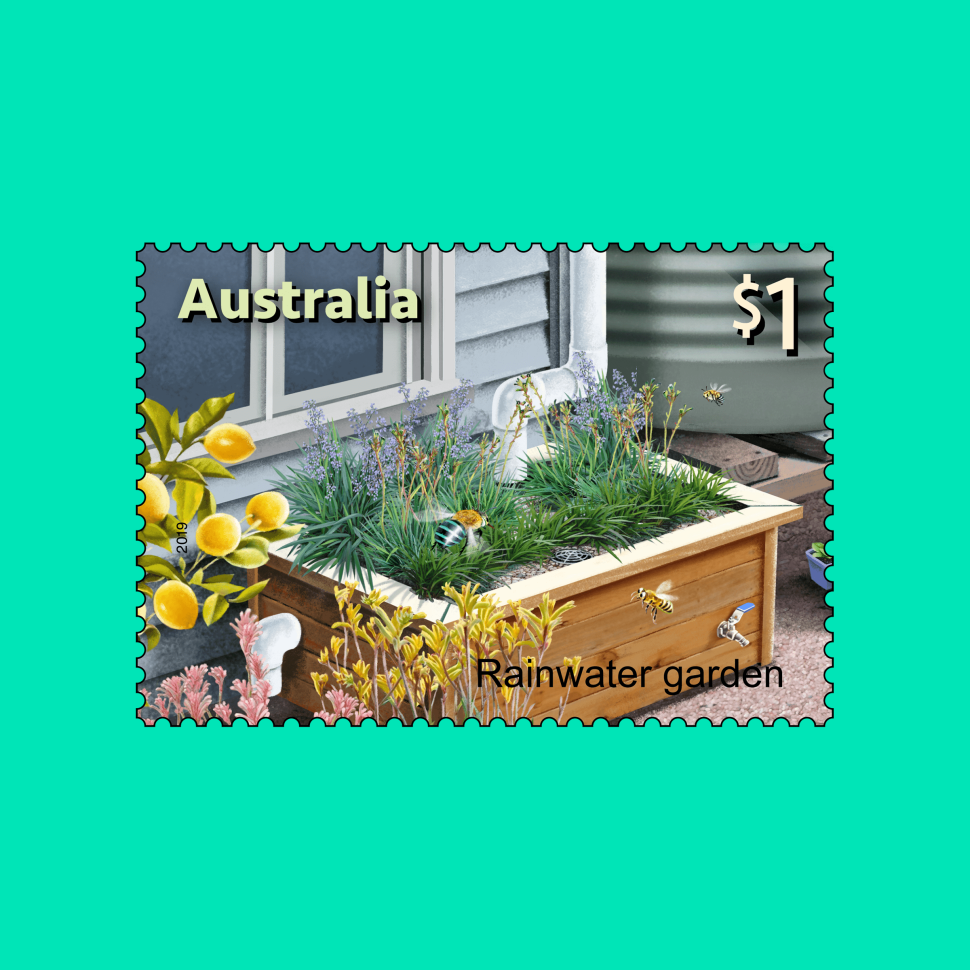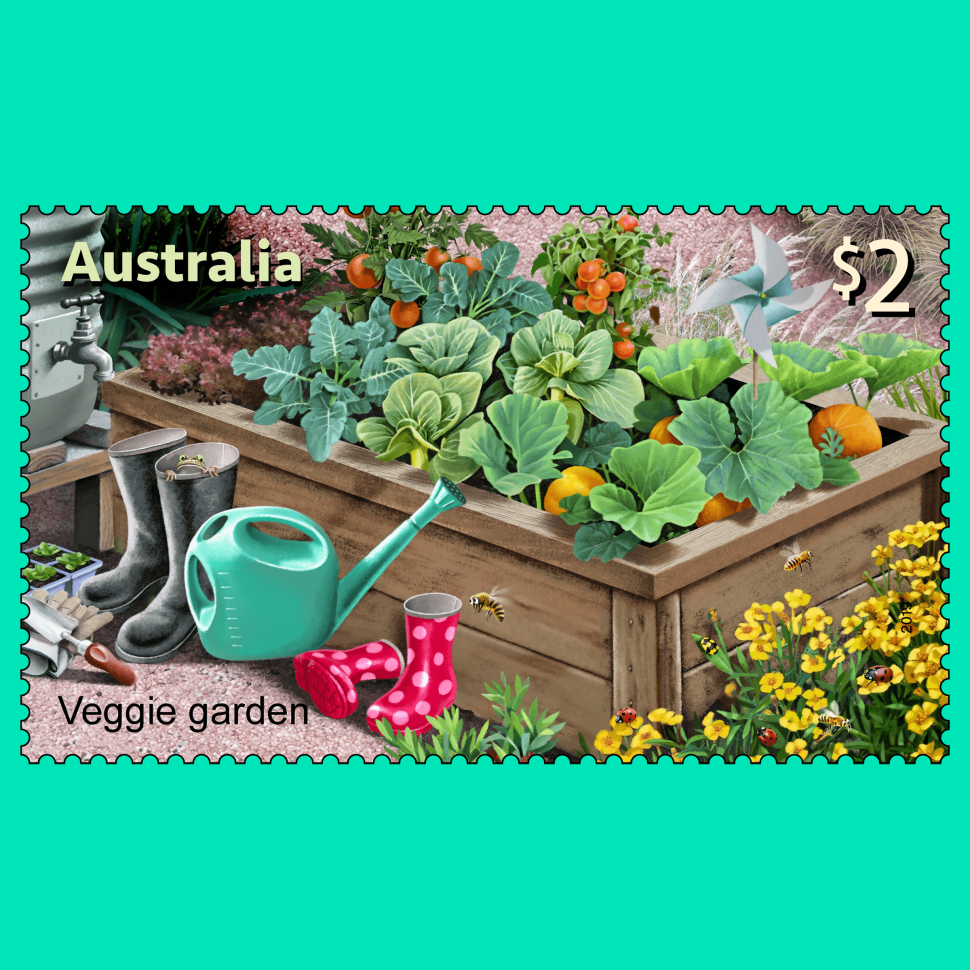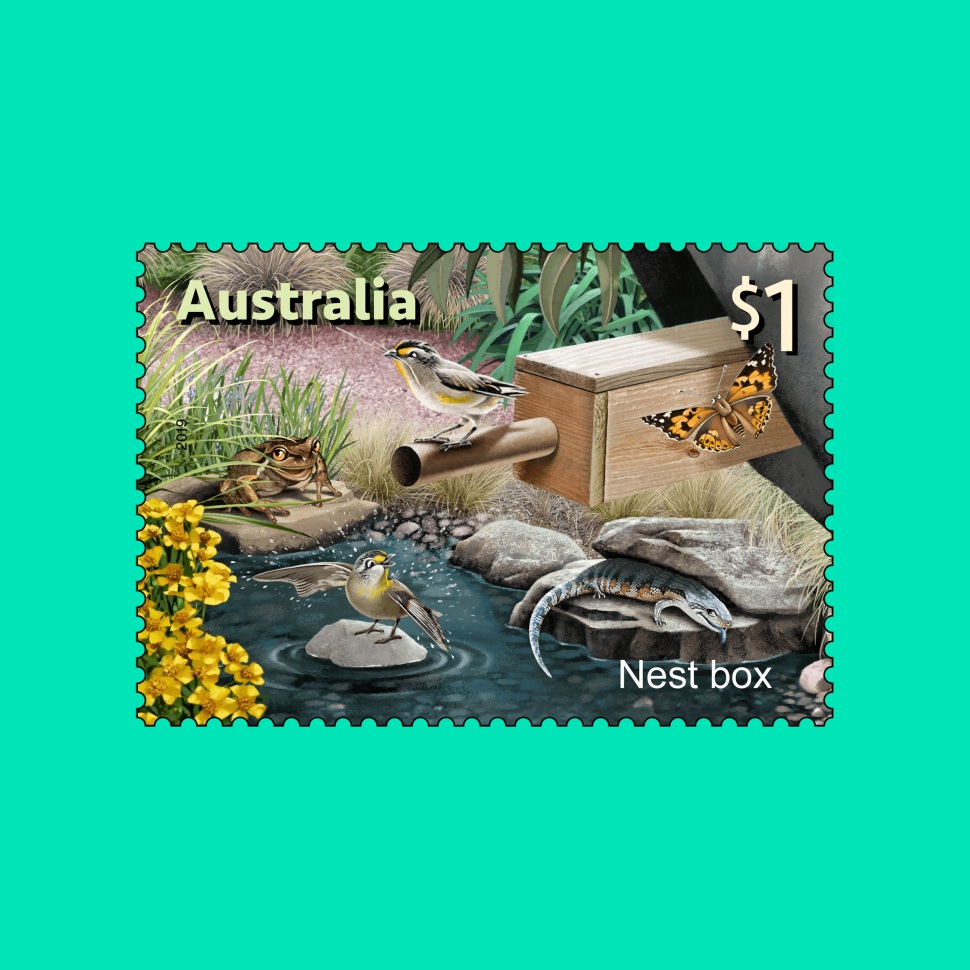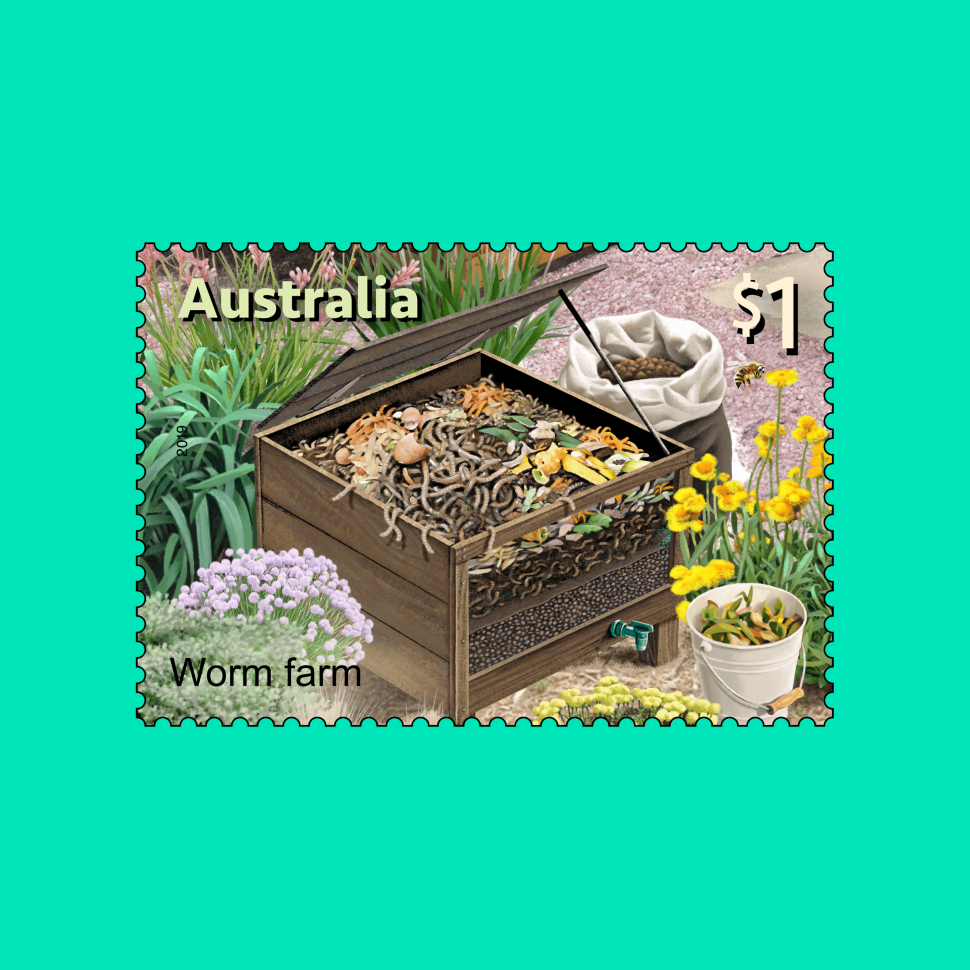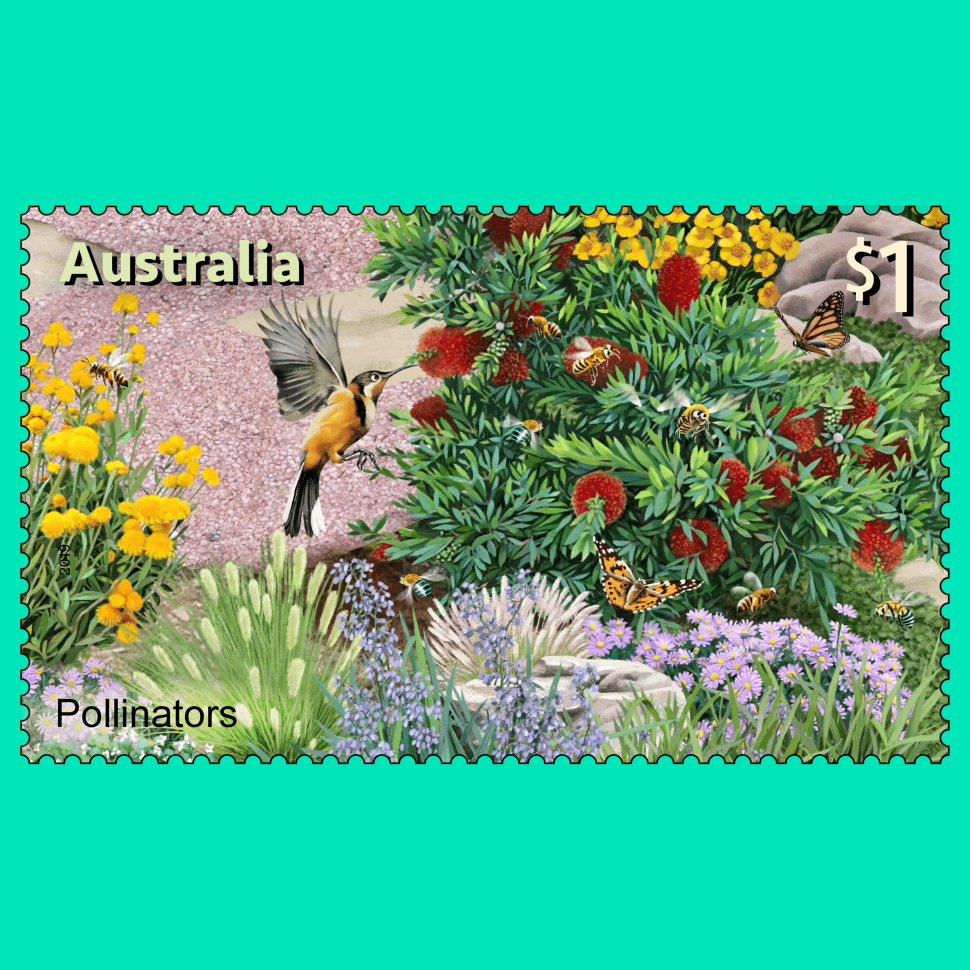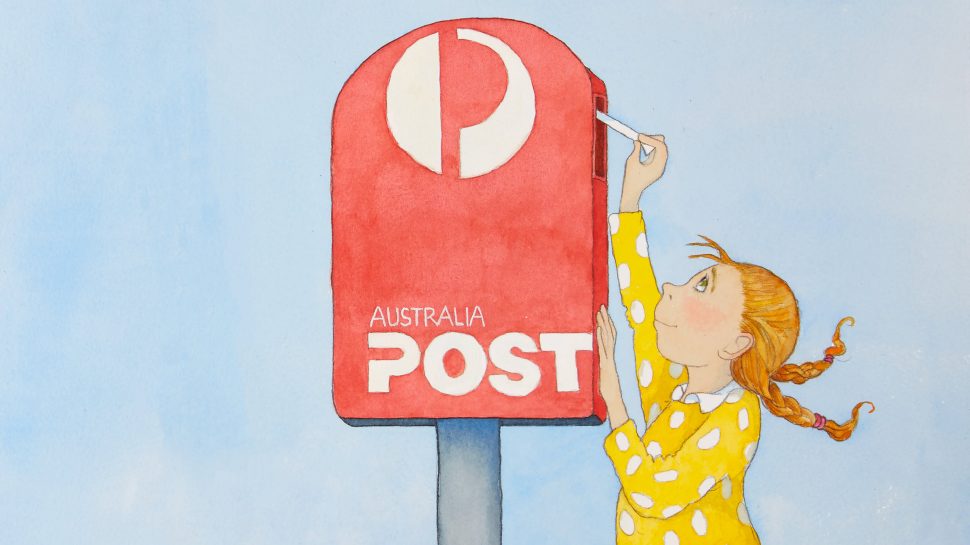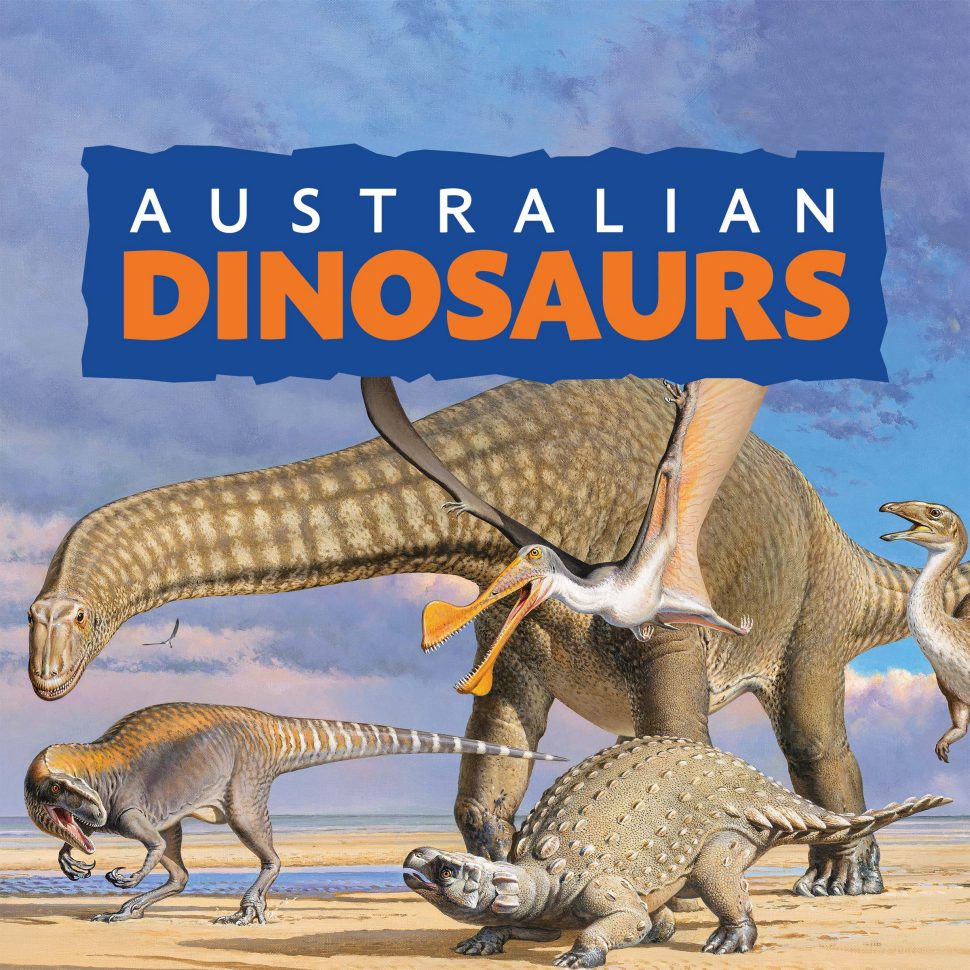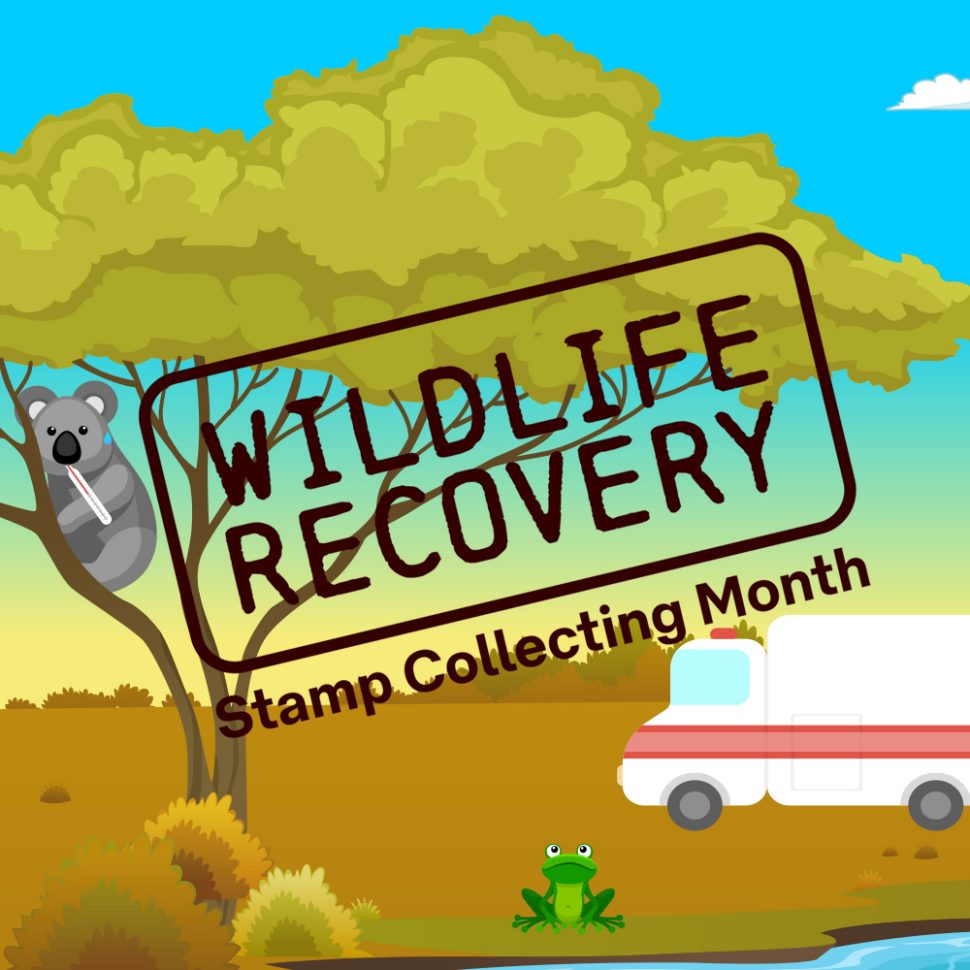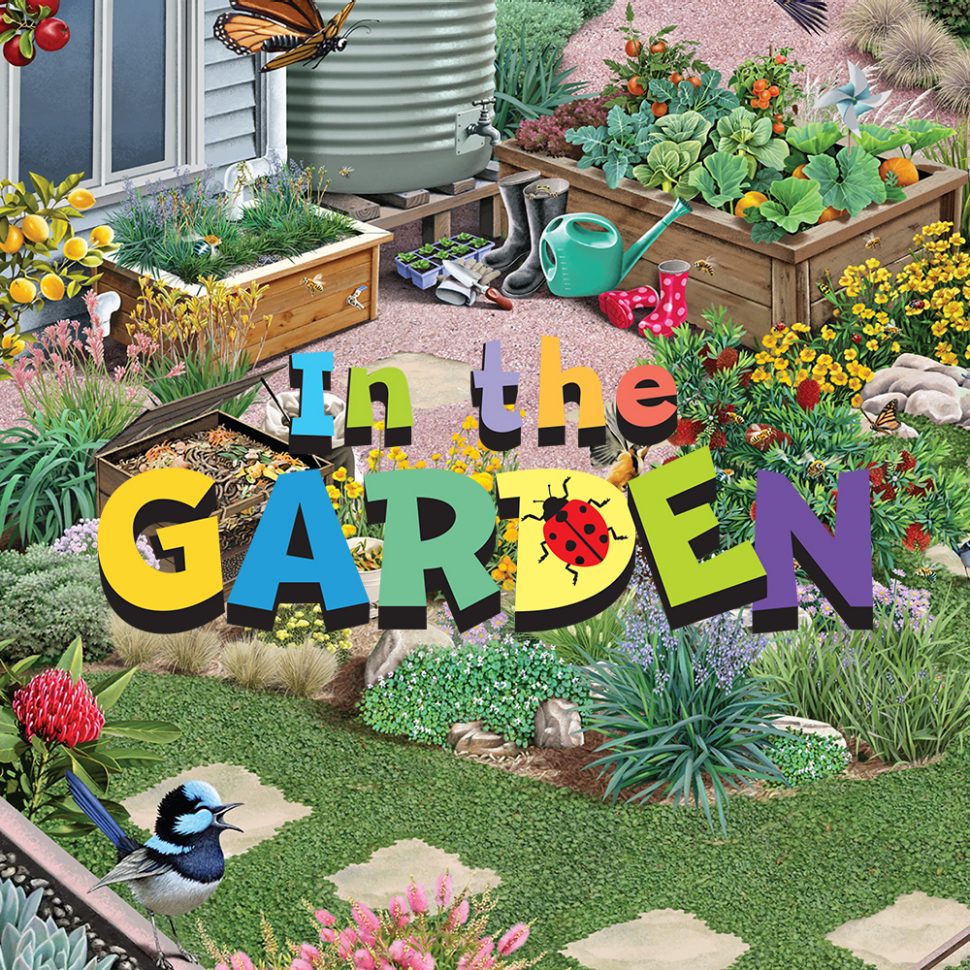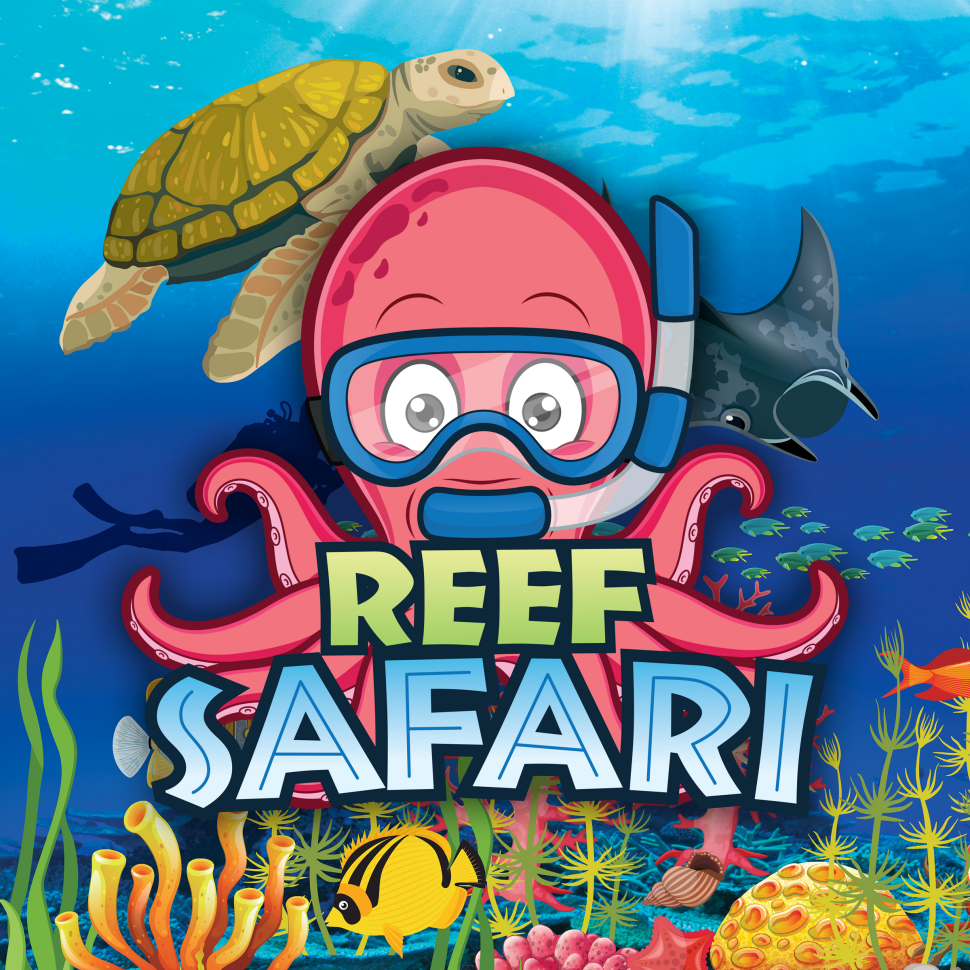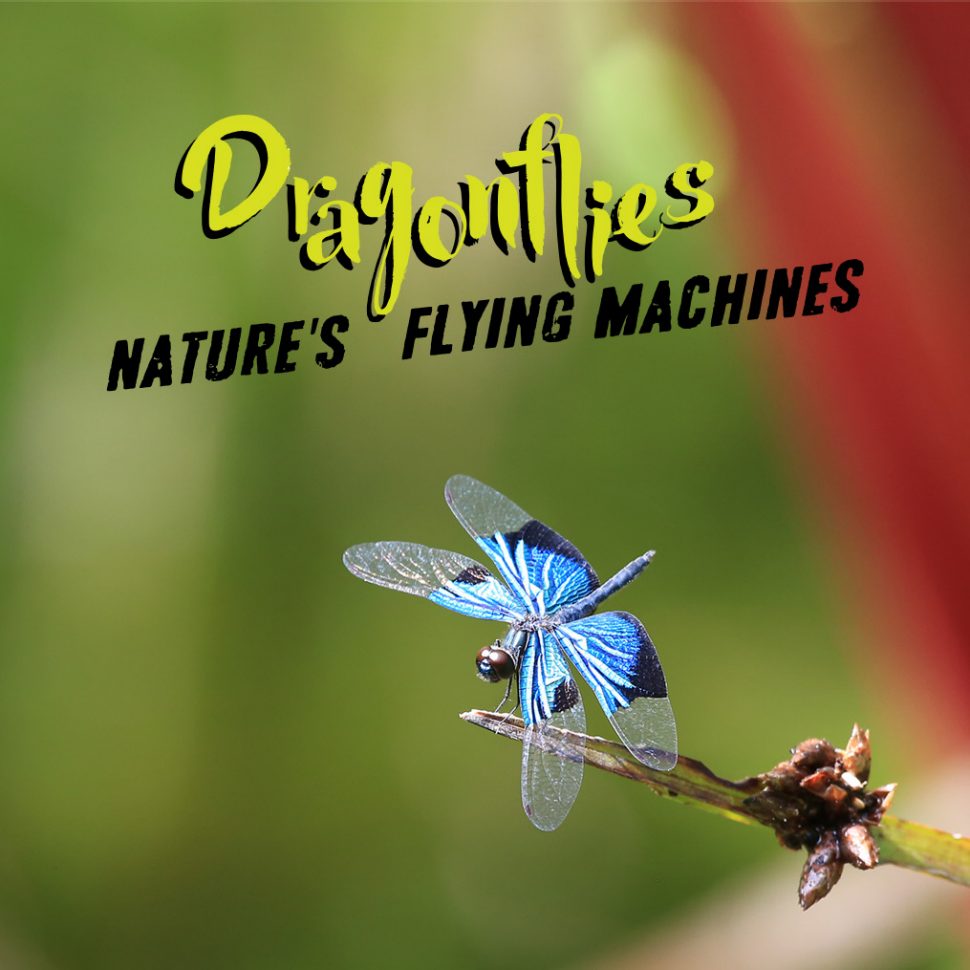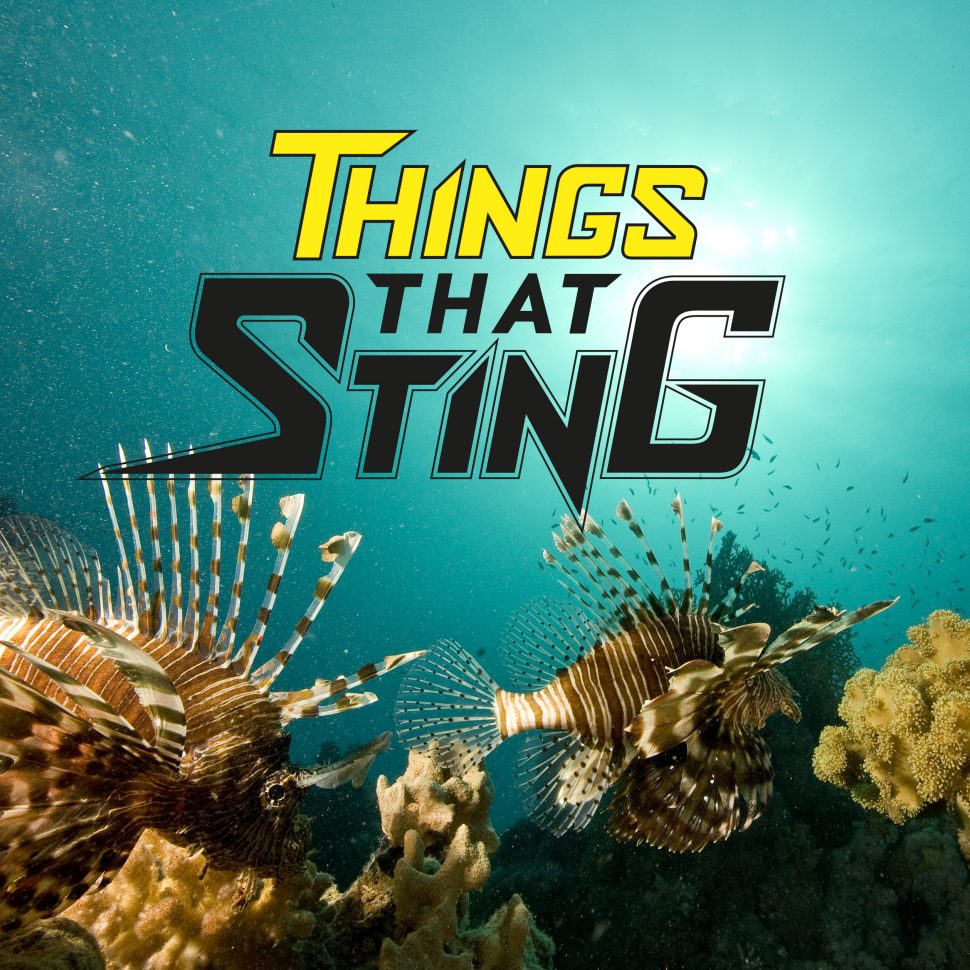| Time | Audio | Visual |
| 0:00 | Background music starts |
The video opens with an illustration of grass and sky. |
| 0:01 | This August is Stamp Collecting Month, and this year we’re taking you on an adventure “In the Garden”. |
|
| 0:03 | An illustrated wooden garden bed is built in the centre of the video with an eggplant, pumpkin, red capsicum in the garden bed. A pot plant and bird are illustrated outside of the bed. Carrots and lettuce leaves are now added to the garden bed with the text In the Garden appearing on the front. The bird lands on the fence of the garden bed and a plant grows from the pot plant. A ladybird and the text Stamp Collecting Month appear along with an illustration of a tall beared man in overalls to the right of the garden bed. A tree, dirt patch, grasses and a small girl holding a watering can are next to appear on the garden illustration display. Rays of the sun are shown in the right hand corner as a kneeling woman with trowel, plants and a chicken wire fence now appear. The tree on the left hand side of the illustration starts to product lemons. The small girl starts to water the tomato plants. |
|
| 0:07 | Sustainable gardens help minimise environmental impacts, encourage biodiversity and promote sustainable living. |
|
| 0:09 | A chicken walks in from the right hand side and a worm appears on the left. A small boy holding a leaf appears to grow from the ground. Tomatoes appear on the tomato plant. Flowers start to grow in the grass of the garden. The man sways gently and the women starts to use her trowel. A bee flies in from the left. All the humans are sporting wide grins. The illustrated scene slowly zooms out and the sun grows bigger in the sky. More tomatoes appear and the chicken is by now in the middle of the screen. |
|
| 0:15 | Sustainable gardening can be done anywhere |
As the chicken continues to walk from right to left the Australia Post logo appears. |
| 0:18 | The screen fades to white. |
|
| 0:19 | at your house, |
A new scene showing houses, apartments and some multi-story buildings in front of a green space with trees appears. The sun is high in the sky partially obscured by a cloud. Silhouettes of bigger buildings are shown in the background. The sun appears to be spinning. |
| 0:20 | Screen starts to fade to white. |
|
| 0:21 | your school |
A new scene showing a school in the foreground and silhouettes of buildings in the background now appears. The school is four stories high with a path up to the front door. Around the school is green space with trees and bushes. Clouds are moving across the bright sky. |
| 0:22 | Screen starts to fade to white. |
|
| 0:23 | or the local community garden |
The next scene is that of a children’s playground, with slide and ladders leading into and from a playhouse in the centre. To the left is a hand-swing set and climbing poles. In the background is a park bench and street light that’s illuminating the scene, although it is not dark. In the far background there are trees and bushes and green space and beyond that are silhouetted buildings. There is a path between the play area and the park bench and some bushes but no green area surrounding the play area. The scene zooms in. |
| 0:24 | Screen starts to fade to white. |
|
| 0:25 | even a rooftop garden on an apartment building! |
A new illustrated scene shows raised garden beds on top of a building with building silhouettes in the background. There are also three bee hives on the rooftop. The first garden bed on the left contains roses of various colours in full bloom. The second garden bed features lettuces and other green leafy plants. The third garden bed looks to house lavender and leeks. The fourth and final garden bed shows onions and tomatoes. |
| 0:30 | Our sustainable garden scene is set in a temperate Australian climate. It includes native trees, shrubs and groundcover plants that don’t need a lot of water and which attract helpful birds and insects. |
The full illustration from which the minisheet and stamps are produced is on screen. The video moves down the showing the wonderful illustration. |
| 0:32 | On the right is the top of a gum tree with a bird perched on a branch and another bird in flight. On the left is the roof of a house with solar panels and a butterfly flying in beside an apple tree. As the video move down the sheetlet more of the wonders of the garden are shown. From the water tank at the right of the house, a garden bed in full bloom with a watering can and gumboots. There is a nest box attached to the gum tree with a bird perched on a pipe coming from it and more butterflies fluttering. There are honey bees flying around a bottle brush plant and some lizards sunning themselves beside the pond. Moving further down there is a wheelbarrow full of mulch with binoculars on the handle and a fork resting on it. There is lush grass and pavers strategically placed around the garden. As the video shows more of the sheetlet there is a blue bird perched on a raised garden bed and at the bottom a chicken pen with coop and chickens roaming free outside. |
|
| 0:42 | Screen starts to fade to white. |
|
| 0:43 | Our garden has a rainwater tank, |
The video now takes us back to a zoomed in area in the top left of the illustration. There is a butterfly flying past the roof of the house and the water tank at the side of the house. |
| 0:45 | Fade to white. |
|
| 0:46 | solar panels, |
The sun shines on the roof of the house with the solar panels. |
| 0:48 | a roof-top succulent garden which helps to shade the house, |
Fade to the roof-top succulent garden which also shows a blue coloured bird signing joyfully. |
| 0:52 | a pond surrounded by rocks and grasses that attracts pest-eating frogs and lizards, and provides drinking and bathing water for birds, |
Fade to the pond in the centre of the garden. In the foreground the nest box attached to the gum tree with a bird perched on a protruding pipe. |
| 0:56 | Focus is changed to the pond where a frog and lizards are basking on rocks at the side of the pool. A bird sits on a rock in the centre of the pond flapping their wings and water is shaken from them. |
|
| 1:00 | and a hen house with fresh eggs waiting to be collected. |
Fade to the chicken house where there are chickens feeding from an automatic feeder and pecking at the ground. |
| 1:02 | One chicken is coming down the ramp of the hen house and there are eggs waiting to be collected. |
|
| 1:03 | There are many layers to our garden, including a gum tree that provides shade, |
Fade to the video returns to showing the centre of garden scene from the illustration and moves up. Birds are flapping their wings. Bees are flying around flowers. The video moves up along the gum tree where there is another bird perched on a branch. Fade out. |
| 1:08 |
a lemon tree which is a welcome part of our kitchen garden, and an apple tree |
Video now shows a close-up of the lemon and apple trees in the foreground and the water tank in the background as the image travels up. |
| 1:14 |
with flowering chives growing nearby as a “companion plant” that deters pests. |
Fade out to the worm farm which is overflowing with garden waste and worms. A few of the worms are almost out of the worm farm and are showing wriggling. |
| 1:15 |
The video zooms in closer to the worm farm as a bee fly’s over flowers on the left and shows flowering chives beside the worm farm. |
|
| 1:17 |
Fade out to a butterfly fluttering and honey bees flying around a raised garden box beside the house. The video zooms out showing more of the scene. |
|
| 1:19 |
This year’s “In the Garden” minisheet presents a sustainable backyard gardening scene. |
Fade out to a large image of some of the garden beds around the house. There are birds and honey bees flying and feeding from the red bottle brush plant. |
| 1:20 |
As the video zooms out a butterfly fly’s in from the left-hand corner. |
|
| 1:23 |
The stamps feature sustainable gardening projects, as well as a variety of water-wise plants |
Fade out to the full image of the In the Garden minisheet, which shows perforations around the five stamps in the stamp issue. |
| 1:30 |
that attract helpful animal species such as pollinating birds and insects. |
The video zooms in to the top-left of the image bringing into sharper focus the one dollar rainwater garden stamp. |
| 1:34 |
The image fades to white and is replaced by the original illustration without the perforations. |
|
| 1:35 |
The first stamp in this year’s collection features a rainwater garden. It’s a specifically designed and constructed garden bed that takes rainwater |
Showing is the scene beside the house with the two garden beds, worm farm, lemon and apple trees and gardening utensils. The video continues to zoom in. The butterfly flies out of the screen. Bees are busy around the flowers. |
| 1:37 | A frogs head peeks out from one of the black adult gum boots. |
|
| 1:42 | Fade out to reveal the top-left hand corner of the original large illustrations. |
|
| 1:43 | directly from the roof, while filtered overflow water is directed into the stormwater system, |
The video moves down along the pipe at the side of the house from the rain water tank that leads into one of the garden beds. |
| 1:49 | helping to improve the health of our waterways. |
Video moves to the left and down showing the open worm farm as bees move in closer to it. |
| 1:52 | The next stamp features a worm farm. Earthworms are a vital contributor to our garden’s soil health and they can help us compost too. |
Fade to the In the Garden minisheet with a focus on the bottom left one dollar worm farm stamp. Video zooms in and the perforations and stamp text dissolve. |
| 1:54 | The worm farm comes into focus along with some bees busying themselves at yellow flowers and worms still trying to escape the worm farm. |
|
| 2:01 | The worm farm has three layers: |
|
| 2:02 | The video zooms out again to show the tap at the bottom that starts to leak black liquid. |
|
| 2:04 | a layer for household food waste and leaf litter, |
Video zooms in again showing more details of the worm farm composition, with broken egg shells, garden and kitchen waste along with the still wiggling worms. |
| 2:06 | a layer for the worms to digest and sleep, |
Video moves down and to the left to highlight the different layers that make up the worm farm. |
| 2:09 | and a layer to collect the worm “juice” - the liquid fertiliser that is so beneficial to the garden. |
Video moves further down and to the right to focus on a white tin bucket containing more garden and kitchen waste. The tap at the bottom of the worm farm starts to drip black liquid again. |
| 2:15 | The third stamp in this year’s collection features pollinators. |
Fade to reveal the In the Garden minisheet again with focus now on the double definitive sized one dollar pollinators stamp. |
| 2:17 | Video zooms in and the perforations and stamp text dissolve. |
|
| 2:18 | This scene shows an Eastern Spinebill honey-eater and a multitude of bees feeding from the lush flowers in the garden. |
|
| 2:20 | Birds, butterflies and bees move pollen from plant to plant which results in fertilisation, allowing the plant to produce seeds, bear fruit and reproduce. |
A butterfly is in flight from the bottom left hand side of screen. |
| 2:30 | Here you can see an Eastern Spinebill honey-eater, |
The video zooms to focus on the Eastern Spinebill honey-eater as it feeds on the wing from the red bottlle brush plant. |
| 2:33 | honey bees, |
Fade out and fade in to show close-ups of the honey bees in flight. |
| 2:35 | a Painted Lady butterfly, |
Transition to a Painted Lady butterfly in flight with purple flowers and more honey bees in the background. |
| 2:37 | and the native Blue-Banded bee. |
Fade to a native Blue-Banded bee and the same purple flowers in the background. |
| 2:40 | A raised veggie garden is the subject of our fourth stamp, and is a great way to grow pesticide-free vegetables all year. |
Fade to reveal the In the Garden minisheet again with focus now on the double definitive size two dollar veggie garden stamp. |
| 2:42 | The perforations and stamp text dissolve to reveal the focus of the stamp, which is a garden bed full of mature vegetables. |
|
| 2:44 | A butterfly fly’s over the top and resting against the bed are adult and children’s gum boots as well as a green plastic watering can. A small children’s windmill is rotating in the middle of the garden bed as the video zooms in. |
|
| 2:49 | We irrigate our garden with water from the tank, fertilise with our worm juice, and cover any empty space with mulch from garden waste. |
|
| 2:58 | The final stamp in this year’s collection illustrates the value of a back yard nest box, |
Fade to reveal the In the Garden minisheet again with focus now on the final stamp in the issue, the one dollar nest box stamp. |
| 3:00 | The perforations and stamp text dissolve to reveal the focus of the stamp. |
|
| 3:01 | Perched on a pipe extending from the nest box is a bird holding a blade of grass in their beak. A frog rests on a rock beside the pond. A blue-tongued lizard is hiding under an overhanging rock and another bird waits on a rock in the middle of the pond. A Painted-Lady butterfly flies around the nest box. As the video zooms in on the bird perched on the nest box pipe the other bird, out of focus, flaps their wings. |
|
| 3:06 | which allows birds and other wildlife to live, |
The video fades out and then into focus of the bird flapping on the rock in the middle of the pond. |
| 3:08 | breed and shelter in a protected environment. |
Focus is changed again to a Blue-tongued lizard resting on a rock beside the pond, who pokes their tongue out and moves their tail. |
| 3:10 | Focus back to the bird in the middle of the pond still flapping and the frog whose throat is moving as if making croaking sounds. |
|
| 3:13 | Here you can see the Striated Pardalote, a small, brightly coloured insect-eating bird, found only in Australia, admiring the garden. |
The video moves up and out of focus before focusing again on the Striated Pardalote perched on the nest box pipe. |
| 3:22 | Be sure to collect all five stamps in this year’s Stamp Collecting Month issue, |
Fade out before showing a close-up of the In the Garden large minisheet before zooming out to reveal it all on a patterned background on a yellow table. The table contains numerous office stationery such as paper clips, eraser, crayons in a cup, pencil, elastic bands. |
| 3:29 | and learn more about how you can create a sustainable garden in your own back yard by visiting auspost.com.au/scm |
White before a new illustration of a patch of grass where a pot plant, wheel barrow, flower in pot plant, pumpkin, eggplant and red capsicum appear on it. A blue bird flies in from the right as a carrot, lettuce leaves and another carrot joins the pumpkin, eggplant and red capsicum in the wheel barrow. |
| 3:31 | The text In the Garden appears in front of it all. The bird comes in to land. A ladybird appears on the ‘D’ in garden and the text Stamp Collecting Month appears. The bird lands on the ‘N’ in garden. |
|
| 3:35 | The URL auspost.com.au/scm and the Australia Post logo appear under the new illustration. |
|
| 3:41 | Fade to black. | |
| 3:42 | End of video. |
Stamp Collecting Month (SCM) is all about engaging middle to upper primary school students (and their teachers) with interesting themes, presented through stamps. This website explores a range of topics related to sustainable gardening and our In the Garden stamp issue. It also contains videos, fun activities, teaching resources and more.
Explore the range of topics related to sustainable gardening in our In the Garden stamps
View all five In the Garden stamps.
Rainwater garden
A rainwater garden, as its name suggests, makes use of rainwater...
Veggie garden
Our veggie garden is housed in a raised, contained garden bed...
Pollinators
Pollination is a vital process. While some crops such as cereals are...
Lesson plans for teachers
Engage your students in SCM through our curriculum-linked lesson plans. This year’s SCM stamp issue, In the Garden, focuses on themes appealing to students and providing learning opportunities that are linked to both the curriculum and real life. SCM 2019 encourages learning about sustainable living, kitchen gardening, biodiversity, plant and animal behaviours, and minimising our environmental impact.
Year 3: Nest boxes:
Year 3: Nest boxes
Students will investigate the native birds and other wildlife that visit the school grounds and design and build a nest box for a chosen species.

Year 4: Wonderful worms:
Year 4: Wonderful worms
Students will explore the relationship between worms and plants and build a worm farm for the school while raising awareness of the benefits of composting with worms.

Year 5: Rainwater gardens:
Year 5: Rainwater gardens
Students will explore how to be water-wise before designing and building a rainwater garden for their school.
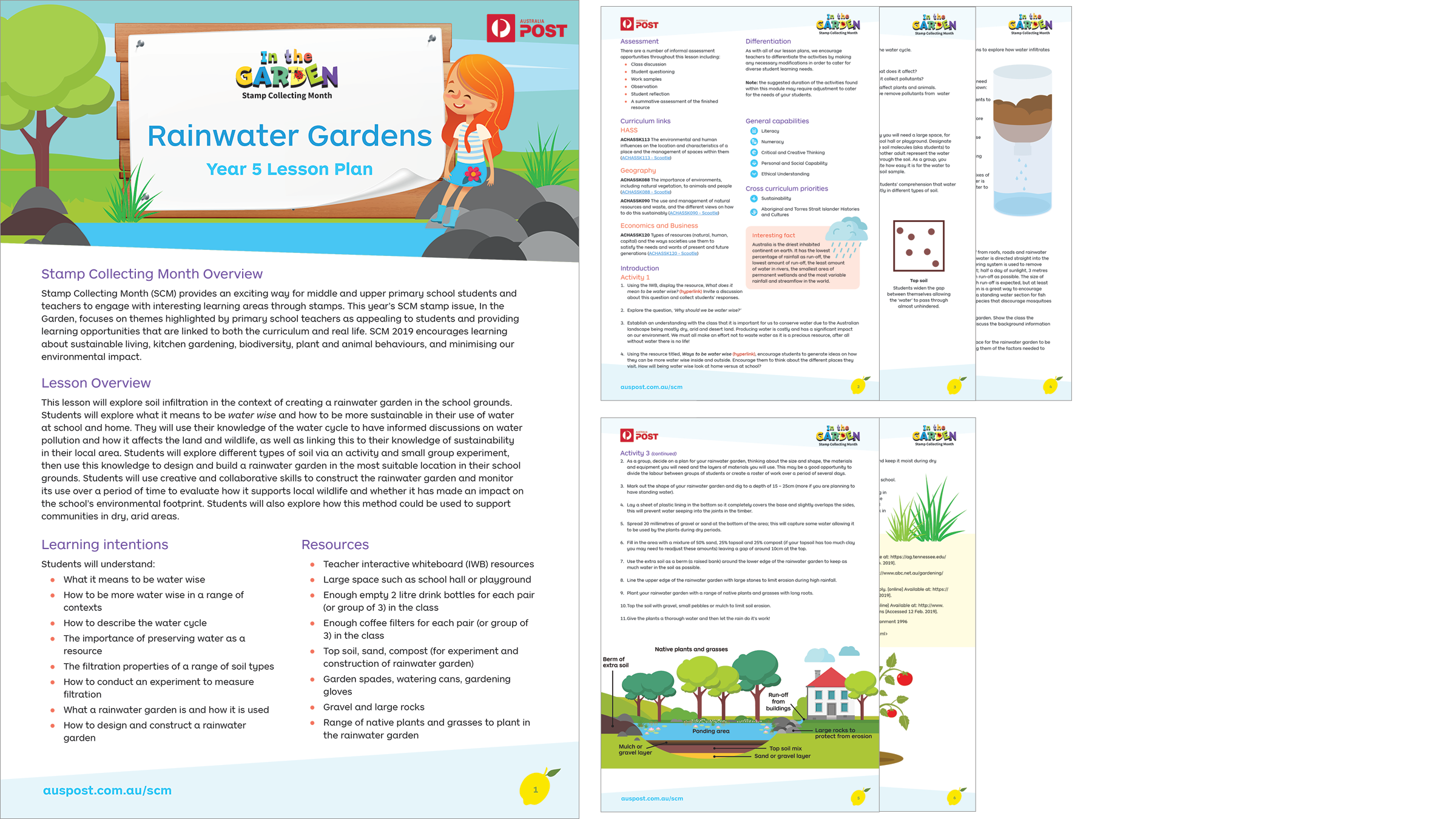
Year 6: Sustainable veggie garden:
Year 6: Sustainable veggie garden
Students will explore the symbiotic relationship between native pollinators and growing edibles before building and maintaining a veggie patch in their school grounds.

- Year 3: Nest boxes
- Year 4: Wonderful worms
- Year 5: Rainwater gardens
- Year 6: Sustainable veggie garden
If you’re a parent, caregiver or teacher, here are some free resources to share with children. Want some more advice on stamp collecting? Read our tips on starting a collection.
Lesson plans for teachers:
Learn about stamps
Learn about stamps
Check out our three lesson plans on how students can learn about the history and creation of stamps.
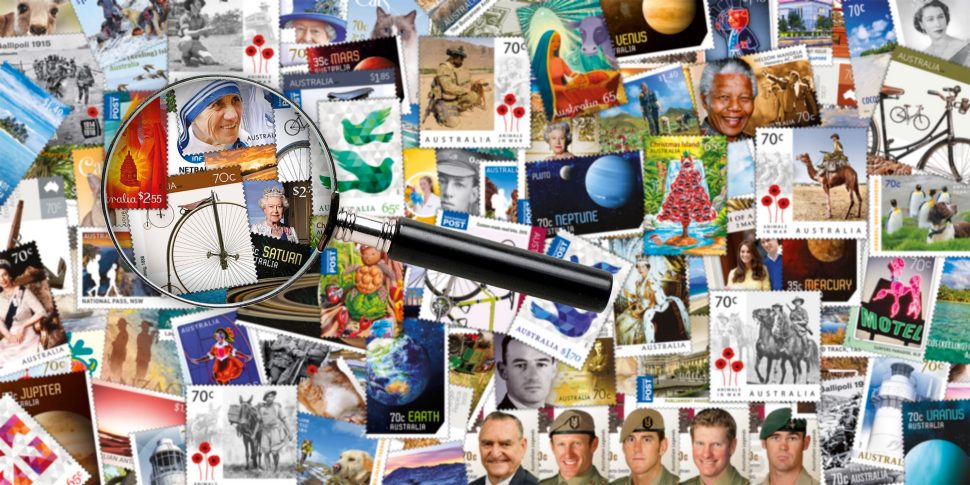
The Pen Pal Club
Pen pal letter writing is a fun, creative and rewarding way for your students to practice literacy and communication. Use our lesson plans, sample templates and/or join our Pen Pal Club to get started.

